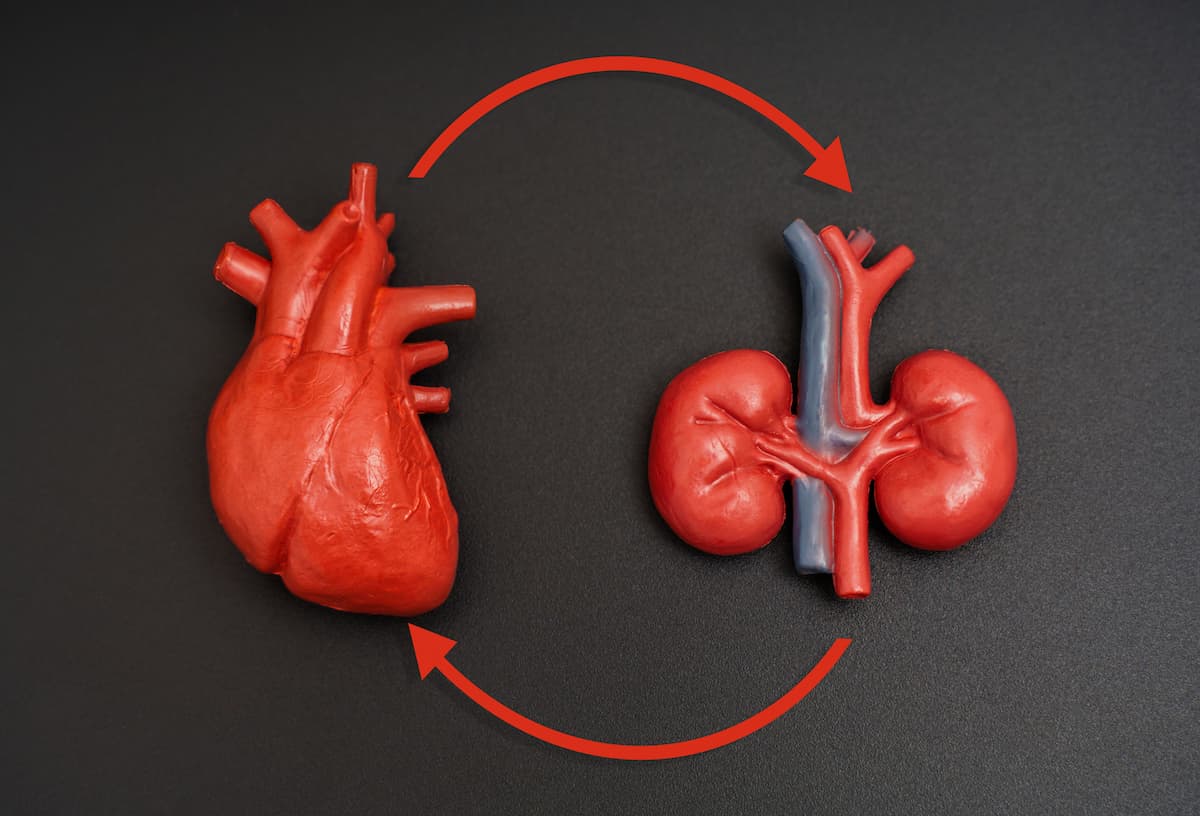Video
Anemia in CKD: HIF Stabilizers in Clinical Trials
The panel comments on their personal experience with the use of HIF stabilizers in the clinical trial setting.
Transcript
Peter L. Salgo, MD: Let’s go back to the clinical experience. We have 2 nephrologists who are clearly using these drugs. Why don’t you, Dr Coyne and Dr Provenzano, give us some anecdotal evidence, if you will, or your personal experience using these drugs. What is the patient experience like? What is your experience like? How do you dose them? Give us the nuts and bolts of these things.
Daniel W. Coyne, MD: In the open-label studies in patients undergoing dialysis, we get a lot of exposure to the patients, and we understand what’s happening. There, they are literally just handed the pill while they’re on dialysis and asked to swallow it. It’s pretty straightforward. The hemoglobin management and dose adjustments are similar to what we would normally do. Our goal is to try and keep the hemoglobin level above 10 g/dL and not have it get above 12 g/dL. These drugs don’t need many dose adjustments. I don’t want to use the word benign, but they’re pretty automatic drug use in the dialysis setting.
In the CKD [chronic kidney disease] setting, the roxadustat trial was versus a placebo, so patients were taking pills at home. They were getting hemoglobin levels checked on a regular basis, and it becomes obvious within a month whether they were on placebo or not. Their hemoglobin starts going up, and they achieve goal and maintain it. There were high response rates, and no notable [adverse] effects that we would attribute to the drug.
Peter L. Salgo, MD: At this point, are they being given outside of the study setting? Do the people come to your office and say, “I’ve got a great drug here?”
Daniel W. Coyne, MD: Japan and China, but it’s not approved.
Peter L. Salgo, MD: What is your expectation then, Dr Provenzano? Is this going to be something simple to use in the office setting?
Robert Provenzano, MD, FACP, FASN: Viewing it from a clinical perspective, we focus on value. It meets a lot of the criteria that Dan and I and Stanley focused on, and I’ll reiterate a few of those. It’s administered orally instead of by injection. That will allow us to treat many patients who needed to be treated but for whatever reason couldn’t get treatment—whether it was an additional visit or going to an infusion center. That’s a positive. It appears to be as safe as the therapy now, but physicians are conservative. I view this as a positive step to a more physiologic approach to treating anemia in all our patients. I see that as we learn more in phase 3b and phase 4 trials and better understand the implications of the total package—transfusion rates, which we’ve seen an improvement in already and less rescue in the roxadustat phase 3 trials. It’s also about quality of life: the whole package as we learn more. This will replace ESA [erythropoietin stimulating agent] therapy in the future.
Peter L. Salgo, MD: Do you give these drugs alone, or do you mix and match? Do you give iron while you’re giving these drugs?
Robert Provenzano, MD, FACP, FASN: In the United States, it’s not being given, so I can tell you that. In Japan and in China, it is managed much like how we would manage it here and how we managed it in the trials. It’s up to the nephrologist, how to manage iron. If the iron stores are high or normal, then the drug is given on its own, and you monitor the iron status. If they need iron replacement, how that’s administered is up to you. Basically, that’s how it’s being done where it is publicly available.
Newsletter
Stay ahead of policy, cost, and value—subscribe to AJMC for expert insights at the intersection of clinical care and health economics.




